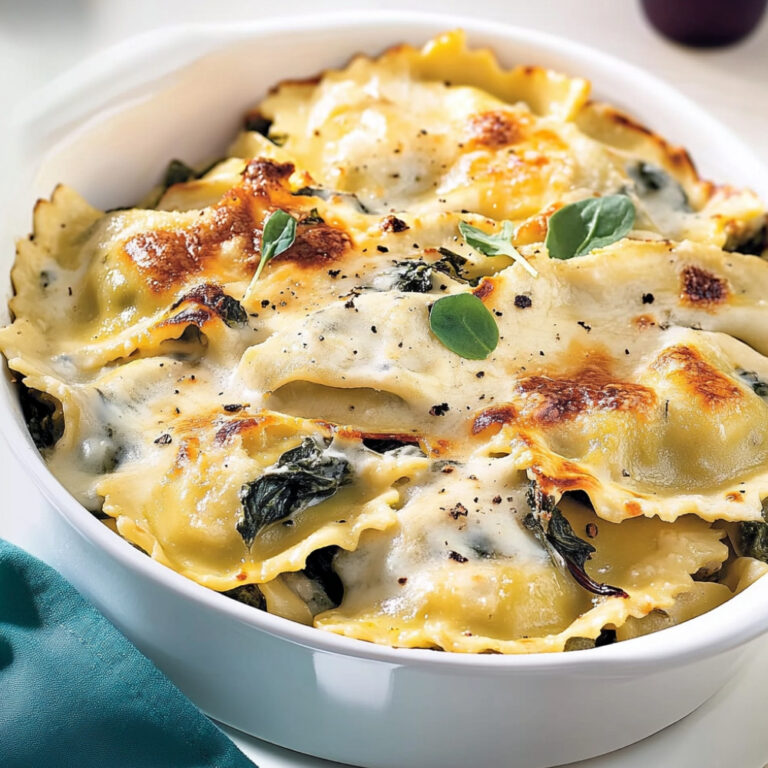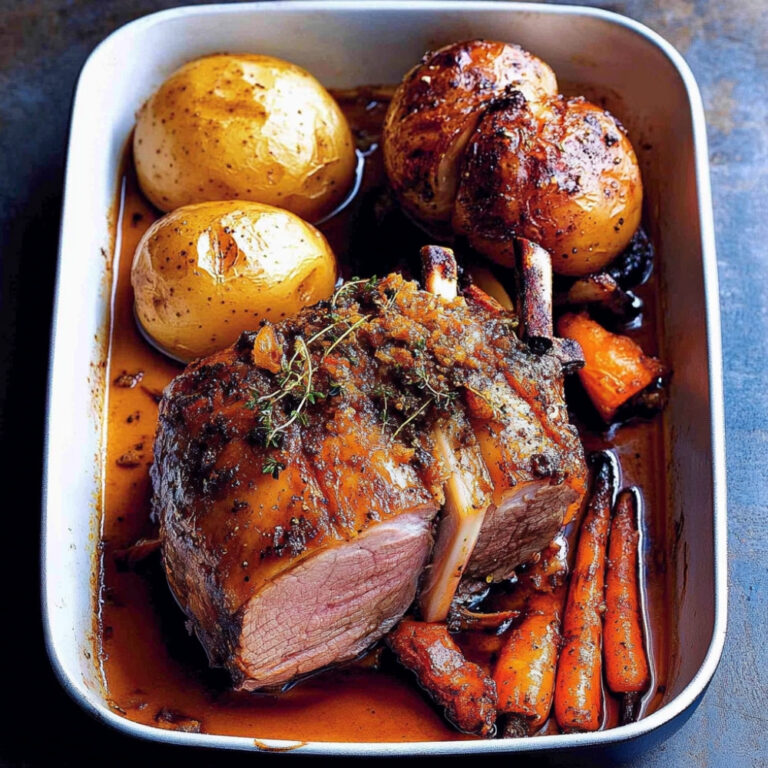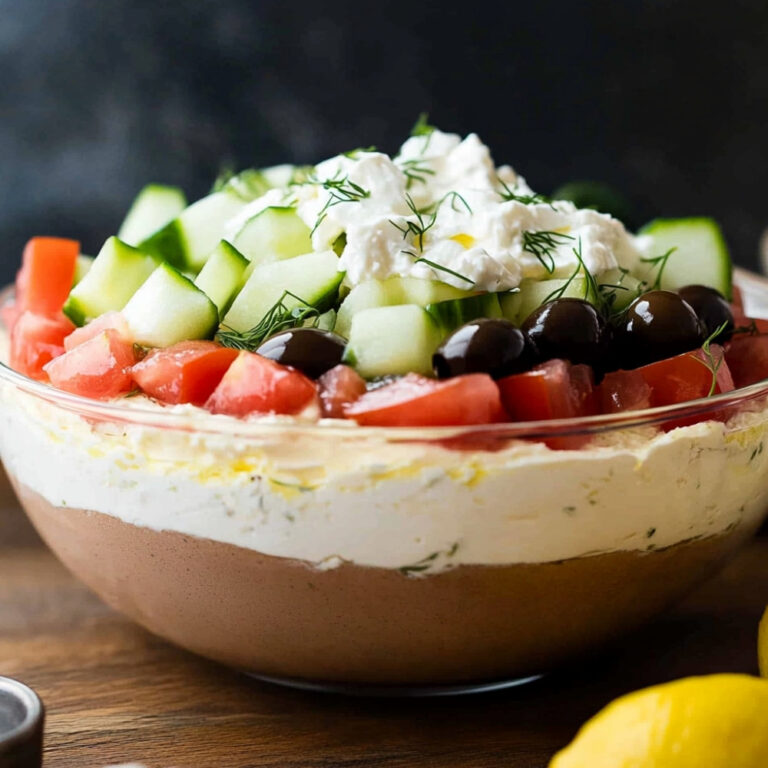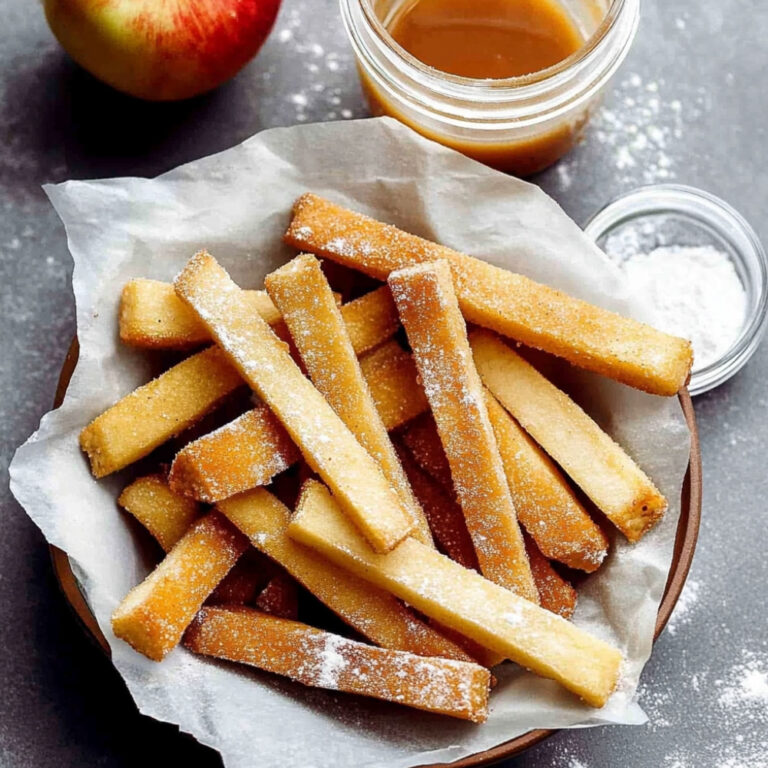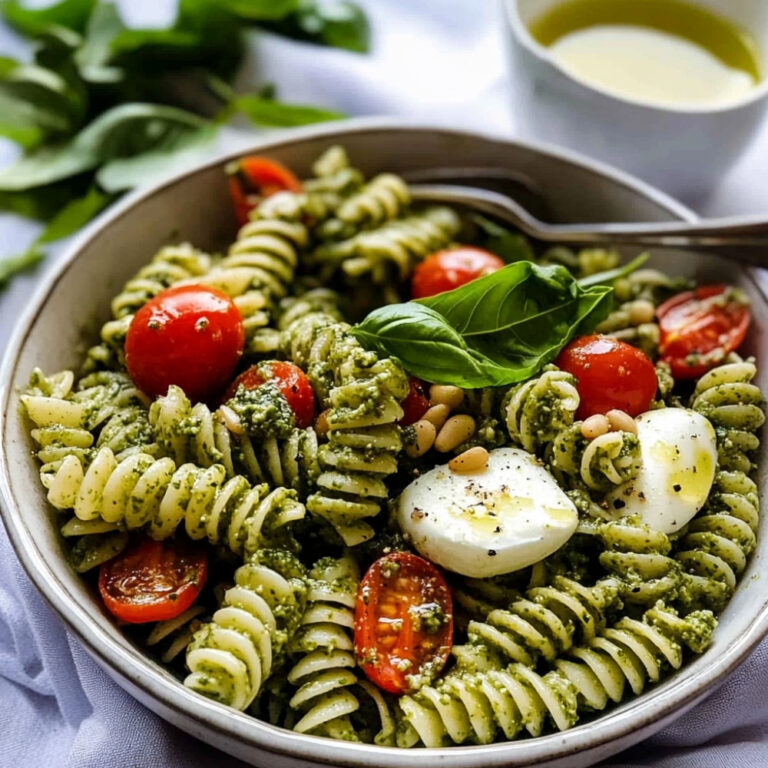Black Olive Cake
The first time I smelled this black olive cake baking, something just… stopped, briefly, like the kind of quiet that comes when everyone at the table knows something good’s about to happen. The air went warm and briny, a bit cheesy, and almost toasty-sweet. It’s not a dessert cake, but it’s got that same sort of comforting softness in how the edges brown and the inside stays tender. And when I sliced into it – still warm, little olives peeking through the pale crumb – it felt like a memory I didn’t realize I’d been waiting to have. The flavor is homely, yes, but patient too, sort of unassuming – like a friend who never has to prove anything.
Why You’ll Crave It
- It’s savory but incredibly soft – like a loaf cake with soul
- Great either warm from the oven or packed up for lunch the next day
- The black olives add bursts of saltiness without being overpowering
- Pairs with so many things – wine, soup, spreads, you name it
- Just mixing and baking – no fuss, no complicated steps
The first time I made this was on a grey February afternoon – my kitchen smelled like southern France for hours afterward.
What You’ll Need
- Black olives: 200g, pitted and chopped — I like the oil-cured ones for depth, but even basic canned ones work
- Large eggs: 3 of them, room temperature if you have time to let them sit
- All-purpose flour: Exactly 150g, sifted if you feel like being extra gentle
- Olive oil: 100ml, the good kind if you can spare it – it’s the background note here
- Baking powder: 1 teaspoon, just enough to lift it without making it fluffy
- Grated cheese: 100g – Gruyère is my pick, but Emmental or even cheddar is lovely too
- Salt: A pinch – keep it small since olives and cheese are salty enough
- Black pepper: To taste, coarsely ground if you like a little bite
Easy How-To
Heat the oven and ready your pan
Preheat to 180°C (that’s 350°F). Grease a standard loaf pan with soft butter, then dust with flour just to be safe – or line with parchment if you’re feeling clever.
Mix dry things first
In a bowl, whisk together flour, baking powder, and that small pinch of salt. It’s the lightest step but it makes a difference – the baking powder needs to be spread out properly.
Whisk up the wet
In another (larger) bowl, whisk your eggs with the olive oil. Take your time here. Pour in 120ml of milk – gradually – while whisking, till it all looks smooth and almost golden.
Marry the mixtures
Now pour the wet into the dry. Don’t overthink it – a wooden spoon does the job. Just fold, gently, until it’s all mostly combined. No need for perfect smoothness.
Bring in the flavor
Add the chopped olives and grated cheese. Fold them through so they’re scattered all throughout. It starts to smell really comforting at this point… try not to sneak a taste (I always do).
Bake till golden and proud
Transfer the batter into your prepared tin. It’ll look quite thick – completely normal. Level it gently. Bake for 45–50 minutes until the top has a golden skin and a skewer slides out clean.
Cool… just a little
Let it sit in the pan for around 10 minutes before turning it out. If you slice it too early, the steam escapes too quickly and you’ll miss that soft tenderness in the middle.
Good to Know
- If you’re worried about olives sinking – dust them in a touch of flour before folding into the batter
- Don’t panic if the top cracks a little – it’s rustic, not dessert, and the crumb inside will be lovely
- Leftovers toast beautifully – try it with a poached egg in the morning?
Serving Ideas
- Serve warm with a drizzle of herbed crème fraîche or next to a bowl of lentil soup
- Slice thin and plate on a tapas board with cured meats and sundried tomatoes
- Wrap a slice in wax paper and tuck into your bag for a late-day savory bite
Top Tricks
- Let the flavors rest – honestly, the flavor deepens after a few hours or even overnight
- If using strong olives (like kalamata), rinse and dry them a bit to ease the saltiness
Frequently Asked Questions
Can I make this ahead of time?
Yes, and honestly it’s often better that way. Just wrap it up once cool, and let it mature for a few hours or until the next day. The texture becomes more even and the taste… settles in.
Do I have to use cheese?
No, but it does add richness. Without it, the loaf will still be good, just simpler. Try sun-dried tomatoes or chopped walnuts instead if avoiding dairy.
Is this a cake or a bread?
Somewhere in-between. It has the softness of cake but none of the sweetness, so I think of it as a comforting sliceable loaf, perfect at any hour.
Can I make this gluten-free?
Yes – a good all-purpose gluten-free flour blend usually works well here. You might need a little extra liquid if the batter feels very thick, so adjust gently.
Will kids like it?
Depends on their taste for olives, honestly. If they’re unsure, try chopping the olives very fine and using a milder cheese. It’s a good way to gently introduce savory flavors.
Conclusion
This black olive cake might not be flashy, but it’s real – the kind of recipe you’ll quietly start to rely on. For lunches, gatherings, peace-glazed solo evenings. It’s warm, well-behaved in the oven, and full of flavor without shouting. Best of all, it waits gently on your counter, rewarding little slices day after day.
More recipes suggestions and combination
Cheese and Herb Bread
A tender loaf, spiked with chopped thyme or rosemary – perfect next to your olive cake for a rustic weekend spread.
Sun-Dried Tomato Focaccia
Made with olive oil and studded with tomatoes, this focaccia balances the boldness of olives with a slight sweetness.
Mixed Greens Salad with Balsamic Vinaigrette
Bright and tangy, just enough acid to cut through the savory richness of the cake.
Stuffed Peppers
Colorful and hearty, they match the Mediterranean notes in the cake… and make the plate more generous.
Tapenade and Crostini
Why stop with olives once? A little tapenade, some crisp bread, and a warm slice alongside makes for the easiest savory spread.


